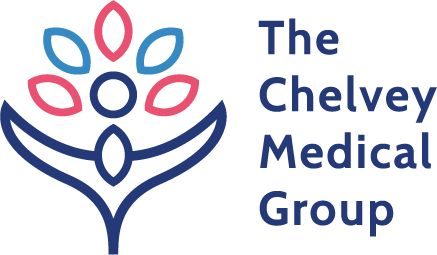The good news is there are many simple things that you can do at home to improve your bone health.
1.Diet- Having a healthy balanced diet with enough calcium and vitamin D is important. See below for more info.
Calcium plays a crucial role for our bones and it’s really important that we get enough calcium in our diet.
It’s recommended that we have around 700mg/d of calcium in our diet. If you are not sure how much calcium you are getting from food then use this handy calcium calculator to work it out.
Link to Edinburgh calcium calculator
If you are not getting enough calcium and are unable to increase this easily then you may need to take a supplement.
Vitamin D- vitamin D is vital for calcium absorption. We get 90% of our vitamin D from sunlight exposure and usually only 10% from diet. The sunlight exposure needs to be to strong midday sun at regular intervals.
The climate in the UK is such that we will not have enough sun exposure to have adequate vitamin D levels all year round- in fact we have usually run out of vitamin D stores by around Christmas.
It is advisable to take a vitamin D supplement through the autumn and winter months or if you are at high risk (dark skinned, clothing that covers skin all the time, stay indoors).
Foods that contain vitamin D include oily fish, eggs and cod liver oil.
**calcium and vitamin D alone are not adequate to treat osteoporosis
2.Exercise- in order to stay strong our bones need to be stressed with weight bearing exercise- this is anything that exerts a pressure through our bones. Even relatively short periods of immobility- a few days lying in bed when ill- has been shown to have an effect on bone density and whilst early changes such as these can be quickly reversed by becoming active again- longer periods of immobility will start to have a really significant effect on bone mass.
Osteoporosis can be a frightening diagnosis and the older we get the more worried we may become about breaking something by exercising.
But like other lifestyle factors, exercise is a scale- from sedentary to high intensity high impact aerobic exercise. And the further you get away from immobility the better. Even standing up is better than sitting and is a good start. You don’t have to suddenly start playing basketball 3 times a week if you have been relatively inactive beforehand. Start with walking and build this up over time as your confidence grows. Find something fun that suits your lifestyle.
Don’t forget your muscles- we need healthy muscles to support our bones. With good muscle strength we are less likely to fall, more likely to be able to stop ourselves falling if we trip, can get up more easily if we do fall and if a bone is broken we are much more likely to have a quick recovery with good strong muscles supporting our injured bone.
So any exercise that strengthens muscles is very important- things like cycling and swimming- whilst they are not weight bearing are actually also vital for healthy bones and should not be discouraged as being ‘the wrong type of exercise’.
The Royal Osteoporosis Society has excellent guidance on amount and type of exercise to best benefit our bones. (add link)
3.stop smoking and reduce alcohol
4.weight- maintain a healthy BMI- it’s actually being underweight that is a major risk factor for osteoporosis
5.HRT– is effective at preserving bone density around the menopause and significantly reduces the risk of having a fracture related to osteoporosis.
Women with premature ovarian insufficiency or an early menopause are strongly recommended to take HRT until at least the age of the natural menopause to protect their bones from osteoporosis.
HRT is now a first line option to treat osteoporosis in menopausal women under the age of 60.




